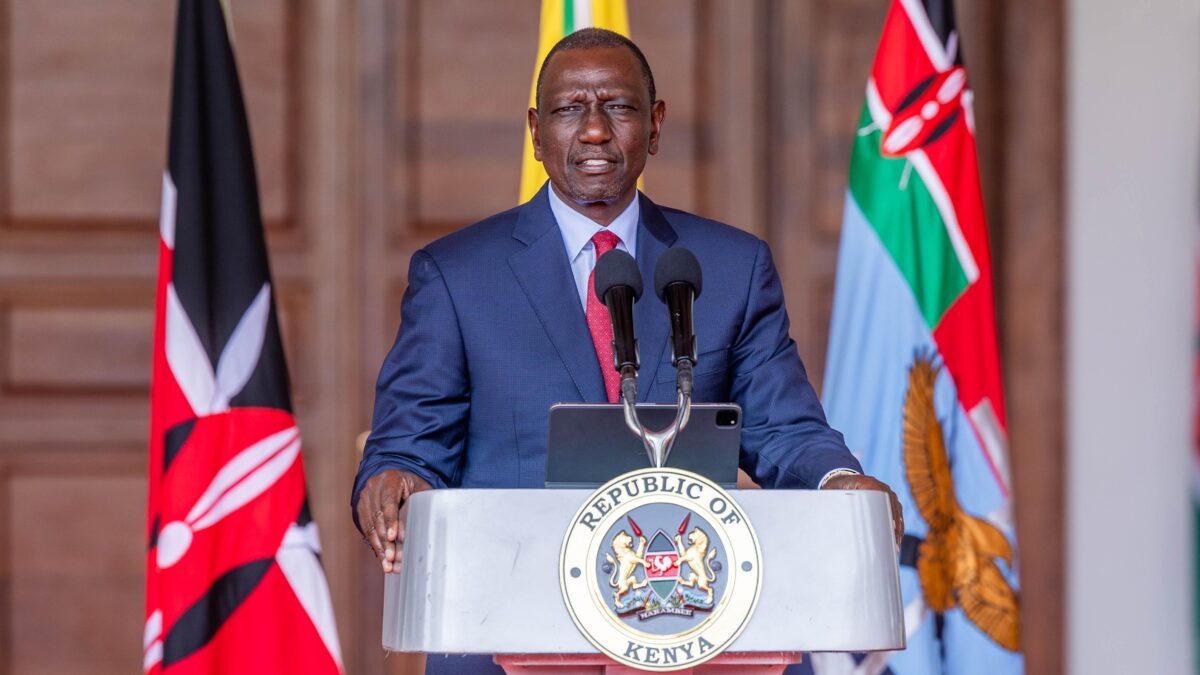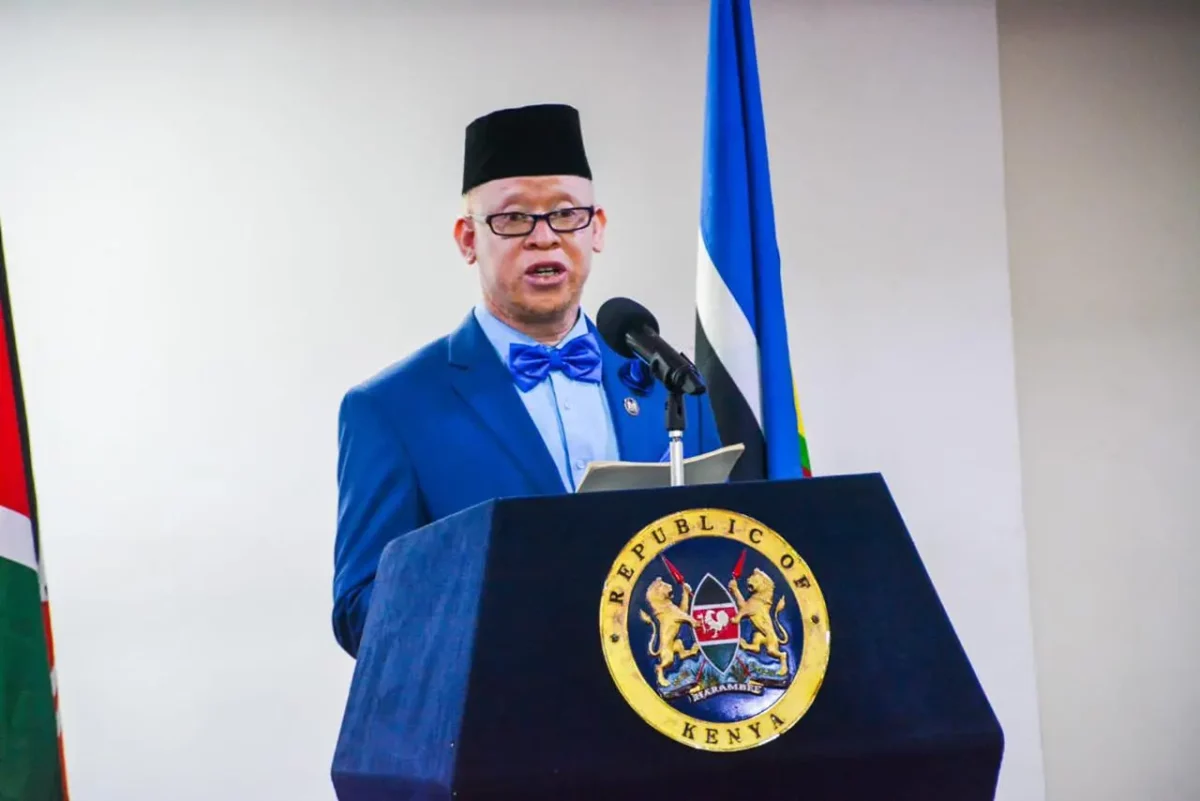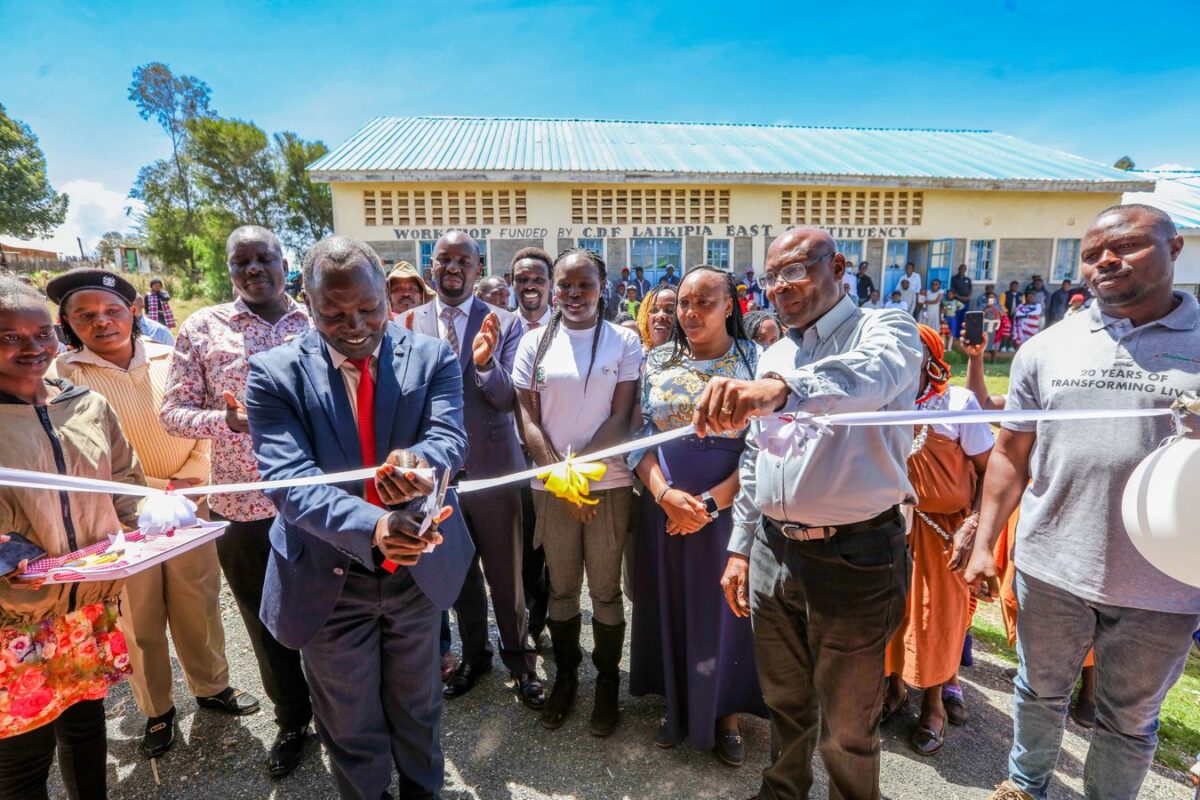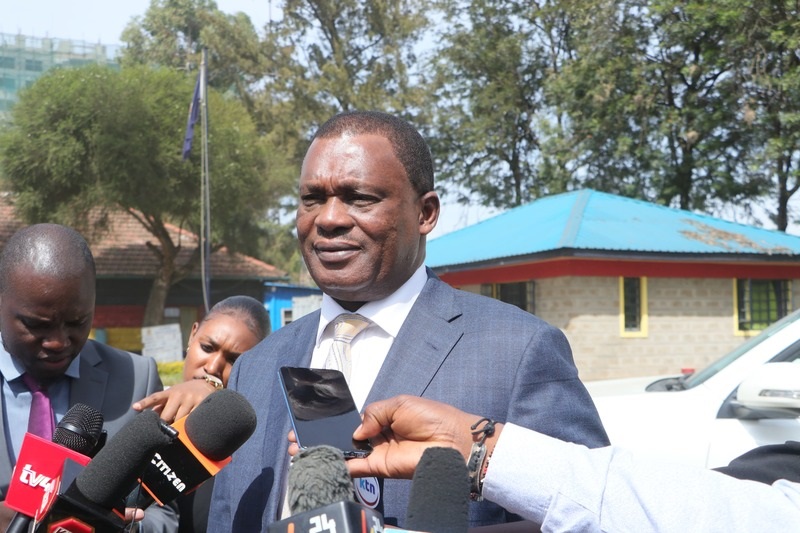The Water Resources Authority, established under Section 11 of the Water Act 2016, today October 24, launched its five-year Strategic Plan for 2023-2027, aimed at transforming Kenya’s water resource management sector.
Dabbed 5th generation, the strategic plan outlines key objectives and initiatives that align with the country’s legal frameworks and major government policies, such as Vision 2030 and the Bottom-up Economic Transformation Agenda (BETA).
It also integrates regional and international frameworks, including the East African Community Vision 2050, the African Union Agenda 2063, and the United Nations Sustainable Development Goals (SDGs).
In comparison to its neighbors, Kenya is a water-scarce country, requiring almost 806 cubic meters per capita. However, it falls way short despite the torrential rains that resulted in floods earlier this year, exposing the gap in water conservation and adaptation to the effects of climate change.
Speaking during the launch, the Cabinet Secretary for the Ministry of Water, Sanitation, and
Irrigation, Eng. Eric Mugaa said that the nation is not short of water resources as presumed but there was a glaring shortage in skills and commitment.
“The Water Resources Authority Strategic Plan 2023-2027 comes at a pivotal time when the demand for water resources is growing in tandem with the country’s development needs. This plan aligns with the government’s Bottom-up Economic Transformation Agenda (BETA) and demonstrates our commitment to securing water resources for the economic and social well-being of every Kenyan,” he added.
He further called upon the development partners to support the Water Resource Authority and the ministry in meeting the estimated budget of Ksh 30.005 billion, to achieve efficient execution of the plan.
Echoing the CS’s remarks, the Principal Secretary of the State Department for Water
and Sanitation, Julius Korir noted: “This Strategic Plan is a testament to the government’s continued focus on sustainable development. WRA’s initiatives, especially in data management and climate change mitigation, will play a key role in ensuring Kenya’s water resources are resilient in the face of environmental challenges.”
He further highlighted the importance of protecting riparian land and investing in sufficient storage facilities to increase water security in the country. “The relevant stakeholders must establish initiatives to strengthen climate change resilience and adaptation through collaboration and strengthening governance of water resources across the nation,” he added.
The Water Resources Authority Board Chairperson, Donald Murgor also emphasized the importance of strong institutional frameworks, saying, “With the rapid advancements in technology, WRA is seizing this opportunity to modernize and digitalize its services. This is a major step forward in improving efficiency and transparency in water resource management across the country.”
The Water Resources Authority CEO Mohamed Shurie outlined the authority’s priorities moving forward, highlighting, “Our Strategic Plan sets out a clear roadmap for ensuring sustainable management of water resources in Kenya. By enhancing our data collection capabilities and embracing digital solutions, WRA will not only improve service delivery but also ensure that we are better equipped to mitigate the impacts of climate change on our water resources.”
By aligning with key national, regional, and global frameworks like Vision 2030, BETA, AU Agenda 2063, and the SDGs, the plan highlights the critical need to address Kenya’s water scarcity issues through improved skills, institutional frameworks, and technological advancements.











































